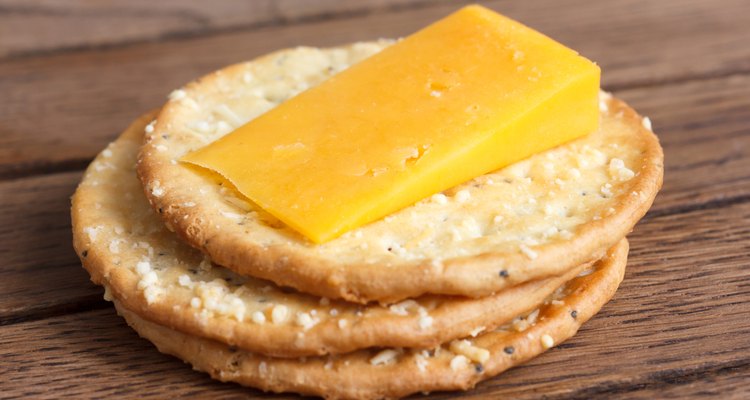
etienne voss/iStock/Getty Images
Strontium is a trace mineral that is good for bone health. It is a silver-gray metal that occurs naturally in nature. Strontium is assimilated in the body in the same way as calcium. In the body, strontium is absorbed into the bloodstream and also behaves similarly to calcium, according to the Argonne National Laboratory. Several types of foods are rich in strontium.
Dairy
Milk and dairy products contain strontium. Cows' digestive processes reduce the strontium/calcium ratio. Pasteurized milk contains an average value of 0.86 milligrams of strontium per liter. Strontium levels in North American milk range from 0.43 mg/liter to 1.51 mg/liter, according to a study by Georgia L. Rehnberg, et al., published in the February 1969 issue of Environmental Science & Technology. Cream has half the amount of strontium of whole milk, while skim milk has slightly higher amounts of strontium than whole milk. Cheddar cheese is even higher in strontium than whole milk.
Strontium-90 is another form of strontium. It is a radioactive isotope that is fallout from atmospheric testing of nuclear weapons. Current levels of strontium-90 are very low and do not pose health risks at low doses, according to the Environmental Protection Agency. Although strontium-90 levels in milk are small, they contribute half the total strontium-90 intake in the adult diet. Strontium-90 averages 15 micromicrocuries per liter of milk.
Vegetables
The amount of strontium in vegetables varies according to the region they were grown. Lettuce from California is a rich source of strontium. Stable strontium levels in vegetables are high. Vegetables with the highest amounts of strontium include spinach, lettuce, carrots, peas, beans, potatoes and celery.
Radioactive strontium is found in small amounts everywhere, according to the Centers for Disease Control. Levels of radioactive strontium-90 are relatively low in vegetables and are safe for human consumption. Lettuce has 17 micromicrocuries, mmc, per kilogram of strontium-90. California cabbage has 5.1 mmc/kg and celery 3.4 mmc/kg.
Grains
Grains are another food source rich in strontium. The level of strontium in the soil affects the amount of strontium in grains. Wheat, barley and other grains used to make bread have significant levels of strontium. Flour, grains and breads average 2 mmc/kg of strontium-90 and 2,150 mg per gram of stable strontium.
Low levels of strontium-90 are also found in grains. These levels are so low, around 11 picocuries/day, that they are not a health concern.
Seafood
Oysters, mollusks, fish and other seafood are rich sources of strontium. Shellfish tend to have higher levels of strontium because they are filter feeders.
Related Articles

What Vitamins Help the Liver?

A List of Foods That Contain Choline

Selenium & Silica

Food Sources of Phosphatidylcholine
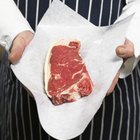
A Low-Cholesterol Diet Plan Menu

Top Vegetables With Selenium
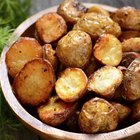
Iodine & Potatoes

Different Types of Fruits & Vegetables

Zinc Treatment for Rosacea

The Amount of Lactose in Yogurt

Vitamin B2 for Hair Growth

What Foods Provide Calcium D-Glucarate?

Zinc & Copper for Aging Skin
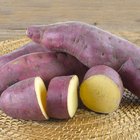
Difference in Sugar Content of Sweet ...
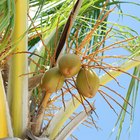
Which Nuts Are Alkaline Forming?
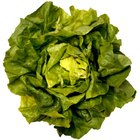
Nutritional Benefits of Butter Leaf ...
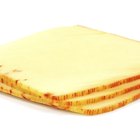
Muenster Cheese Health Benefits

Southeast Asian Diet & Nutrition
Selenium For Children

Nutrition Information on Blueberries
References
Writer Bio
Caroline Thompson is a professional photojournalist who has been working for print and online publications since 1999. Her work has appeared in the "Sacramento Bee," "People Magazine," "Newsweek" and other publications. She holds a Bachelor of Arts in photojournalism from California State University at Hayward and a personal trainer certification from the university's Health and Fitness Institute.
Photo Credits
etienne voss/iStock/Getty Images